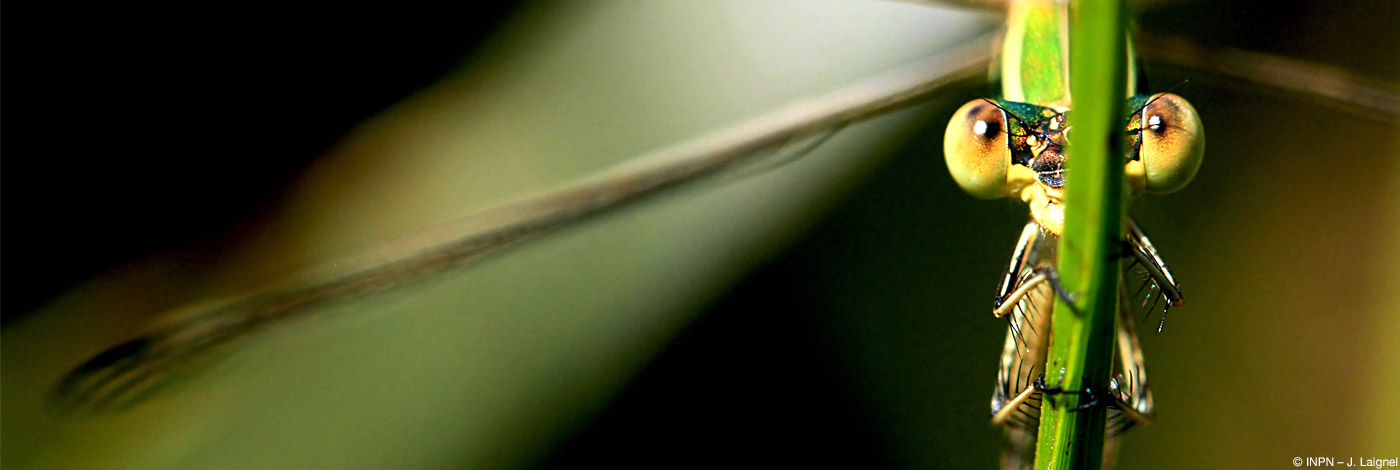

 Naturae
2021 (18) - Pages 243-270
Naturae
2021 (18) - Pages 243-270Bryophytes are an important component of overall biodiversity in forests, where they colonize a large diversity of supports. In order to assess the evolution of their diversity in time or between different ecological or management contexts, one should apply standardized protocols of data collection, taking into account the diversity of the supports and avoiding any bias to make time or space comparisons possible. Here, we present a standardized protocol to collect bryophyte data up to 2 meters high in temperate forests. We built and tested our protocol within 14 floodplain or mountain temperate forests in France (193 plots). We assessed its feasability by surveying the operators’ feedbacks. The exhaustivity of the protocol was evaluated by comparing the censused richness (either total or per support type) with observed or theoritical (Chao2 index) reference values. The repeatability was evaluated thanks to a designed operator effect study, where a set of supports was inventoried by several operators first separately and then together to obtain a consensual releve as reference. By merging an inventory on predefined supports and a complementary 30 minutes inventory on the whole surface of the plot, our protocol captured more than 80 % of the theoretical Chao2 richness of the main supports. Increasing the number of predefined supports would lead to a very limited gain (no more than one species per support type in average). We showed that the observer effect first and foremost influenced the detection probability of the species, which increased with the familiarity of the observer with the species. This effect could therefore being taken into account by training of the operators, or in the models. We conclude that our protocol offers a good compromise between feasability, exhaustivity and repetability to assess the bryological diversity of temperate forest stands, in order to monitor it or to compare the effects of ecological or management variables on bryophyte diversity.